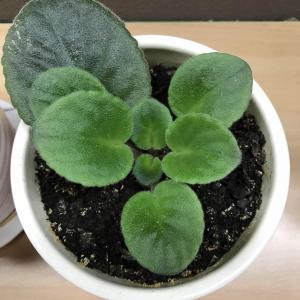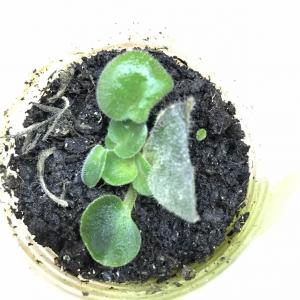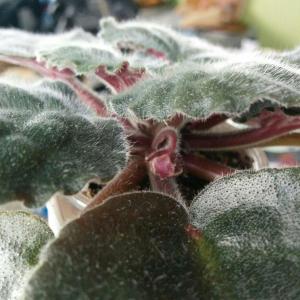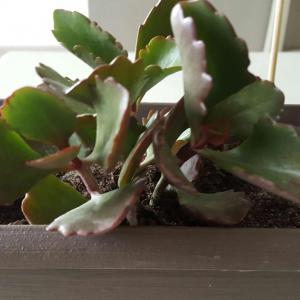文章
Abigal
2017年05月15日


Greenhouses can extend your #growing season, allow you to propagate plants from your yard, and the yard of #fellow gardeners, and let you grow tender or delicate plants you might not otherwise be able to grow. I’ve seen lettuce and spinach grow in a greenhouse when there was a foot of snow on the ground. An old gardening friend of mine would use her #greenhouse to pot up all her volunteer seedlings from her yard, grow them in four inch pots in the greenhouse, then have a plant sale to raise money for her charity. Any way you look at it, if you’re a serious gardener, you would love to get your hands on a greenhouse. So how do we solve problems at TGG? We #DIY it! We found you some great DIY greenhouse projects and plans that range from a temporary row solution, all the way to a full size backyard greenhouse! Before you pick out a project, read over our “getting started” tips to help you choose, site and start your DIY greenhouse. Our feature project, above, is a mini window greenhouse by Crafts Ala Mode.
Getting Started with Your Greenhouse
Position your greenhouse running lengthwise east to west. This will give it the longest stretch of daylight each day.
Make sure your greenhouse will get at least 6 hours of sun in the winter.
Remember, if you plan on having electricity in your greenhouse, site it close enough to your source.
Try to position it away from kids play areas.
Make sure your greenhouse has a working thermometer. You will need to pay attention to temperature unless your system has automatic venting. In the winter, the minimum inside temp should remain between 45-60 degrees for active growing. A sunny winter day can quickly heat up the interior of a greenhouse, even if its freezing outside. Be sure to open vents and allow cool air to enter when the temps rise too much.
‘Design Dreams by Anne’ created this DIY baby greenhouse from old storm windows. This may be one of my favorite projects! It may not be air tight for all you who are looking for that, but I think it would do a very charming job for the most of us. Did I mention it’s charming?

Want to save the earth? Ana White has free plans on how to make a plastic bottle greenhouse! What a great idea and re-use of materials!

Here’s another soda bottle greenhouse for inspiration, photo by John Rutherford.

Need a quick and inexpensive idea for protecting plants already in the ground? 2-Liter soda bottles and some ingenuity.

Need a portable seed starting greenhouse/ cold-frame? Find out how to make this greenhouse at Instructables from Brian Perry.

Ok, let’s get serious. Ana White made her own DIY barn style greenhouse from her plans, and it is incredible! All her DIY plans are amazing, but with all the step by step photos, I really feel like I could make this!

Find our how to build a $50 greenhouse! Yes, this hoop house was built by Door Garden, and was profiled in Birds and Blooms magazine. Lot’s of good information here, and step by step photos.

How to make a greenhouse from a pallet, by Anthony Win on Instructables.

Find an easy tutorial for this homemade greenhouse at ThinMac. It looks like it would fit well in a small yard, too!

No, this isn’t 1982. This geodome greenhouse is perfect for areas with high winds and heavy snows. Northern Homestead made this easy for the rest of us, because they did all the hard work. They even included a link to an online calculator to help figure out the mathematics of the dome!

Finally, Fabulously Frugal made this greenhouse for less than $100! Great instructions…actually, theirs came out to $67!
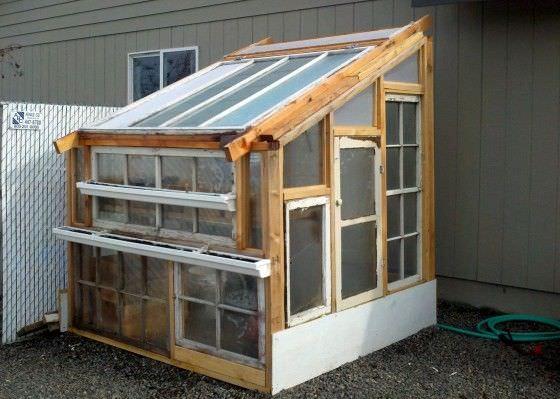
2
1
lizailyncastro
2017年05月08日

What kind of plant is this? the lower leaves are dying and its growing what looks like celery at the top (i know its not celery). Anyone have tips to share?


0
0
成长记
Asloro
2017年05月04日

My other mango is growing as well. I'm real curious to see if they're gonna work out.


0
0
嫣然一笑:Mango! Wonderful! 😳
成长记
Asloro
2017年04月23日

My apple plants are growing more. I'll put them in bigger pots very soon.
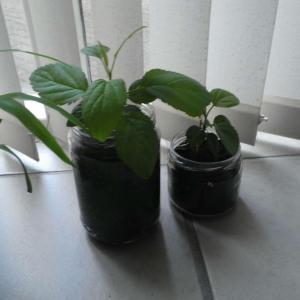

0
0
成长记
Asloro
2017年04月23日

I moved my chickpeas to a place with more room and sunlight! I'll move them outside when the weather is better. They're growing like crazy!
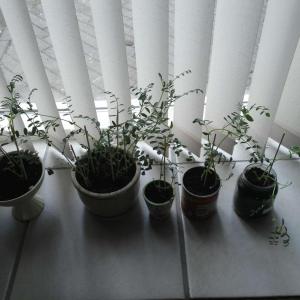
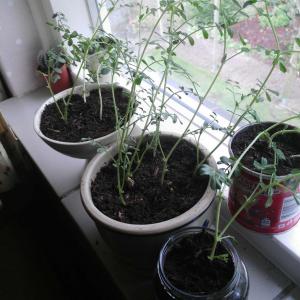


1
0
求助
Daria Palmarin
2017年04月05日

they're growing near crassula..does anybody know something about?




2
0
meriunkat:i think thats was a caterpillar eggs😂
meriunkat:@riverrun 😂
Cleaux:so strange!!!
Daria Palmarin:i don't know...but surely it's not an animal..it grows loke a plant..today it's bigger than yesterday...don't think it comes from another galaxy..i'm very very curious🤔
riverrun:what is this?? is this even a plant?
成长记
Hong Lam
2017年03月30日

What're you doing Vincent? Your one leaf is growing ginormous. Am I not giving you enough sun?
WELL WHEN I GIVE YOU MORE SUN YOU BURN, SO DEAL WITH IT.

WELL WHEN I GIVE YOU MORE SUN YOU BURN, SO DEAL WITH IT.

0
0
文章
Andrea
2017年03月27日


Plant potatoes in your home garden and grow one of the most popular vegetables eaten today. Each American eats about 30 pounds of potatoes a year.
To begin growing potatoes, buy certified seed potatoes at nurseries or garden centers. The ones in supermarkets have usually been treated with growth retardants.


Ten to 14 days before planting, place seed potatoes in a warm area so they begin sprouting. Then, a day or two before planting, use a sharp knife to cut the sprouts, or eyes, into pieces. Each piece should contain 2 or 3 eyes. The bigger the piece, the more food the young potato plant will have to start growing.
About a week or two before the last frost date in your area you can plant the potatoes. Select a site that receives full sun.
Dig up the soil so that it’s loose and drains moisture well. Make rows about two and a half to three feet apart. Plant the potato pieces every 15 inches with the cut side down.
Potatoes are susceptible to frost so if they should be growing when frost conditions are imminent cover then with straw or a blanket or other light covering.
As the plants grow, mound additional soil around the plants every week or two. Continue to add soil or mulch or black plastic around the plants throughout the growing season. The potatoes should not be exposed to sunlight or they will obtain a green coloring which is toxic.
Water well throughout the summer. The most critical time is when the plants are flowering and for a short time afterward as that is the time when they are producing the young potatoes. Water in the morning so that the plants dry before nightfall. Potatoes are very susceptible to fungal diseases.
Fertilize every two to four weeks with a good root crop fertilizer.
Potatoes don’t have many pests but the most common one is the potato beetle which can be controlled with vigilance.
When foliage turns yellow and dies back, discontinue watering. The young potatoes will now mature. Harvest follows in about two weeks. But harvesting can occur at any stage of growth for small baby potatoes.
For winter storage let the potatoes dry either outside or in a dry, cool area for a few days.
1
0



